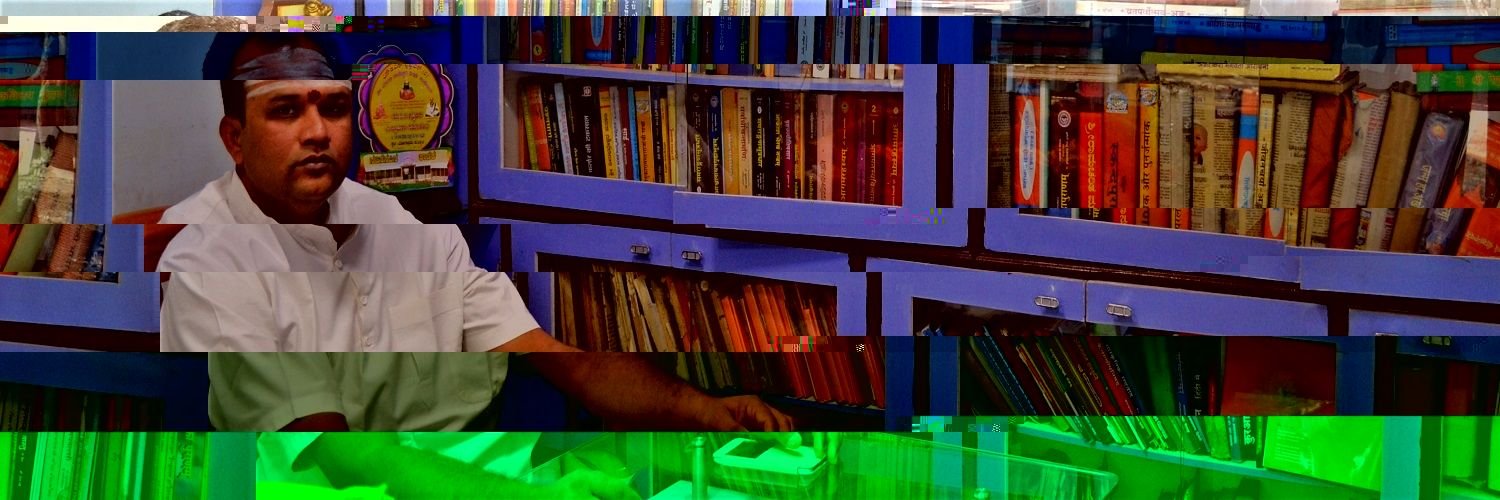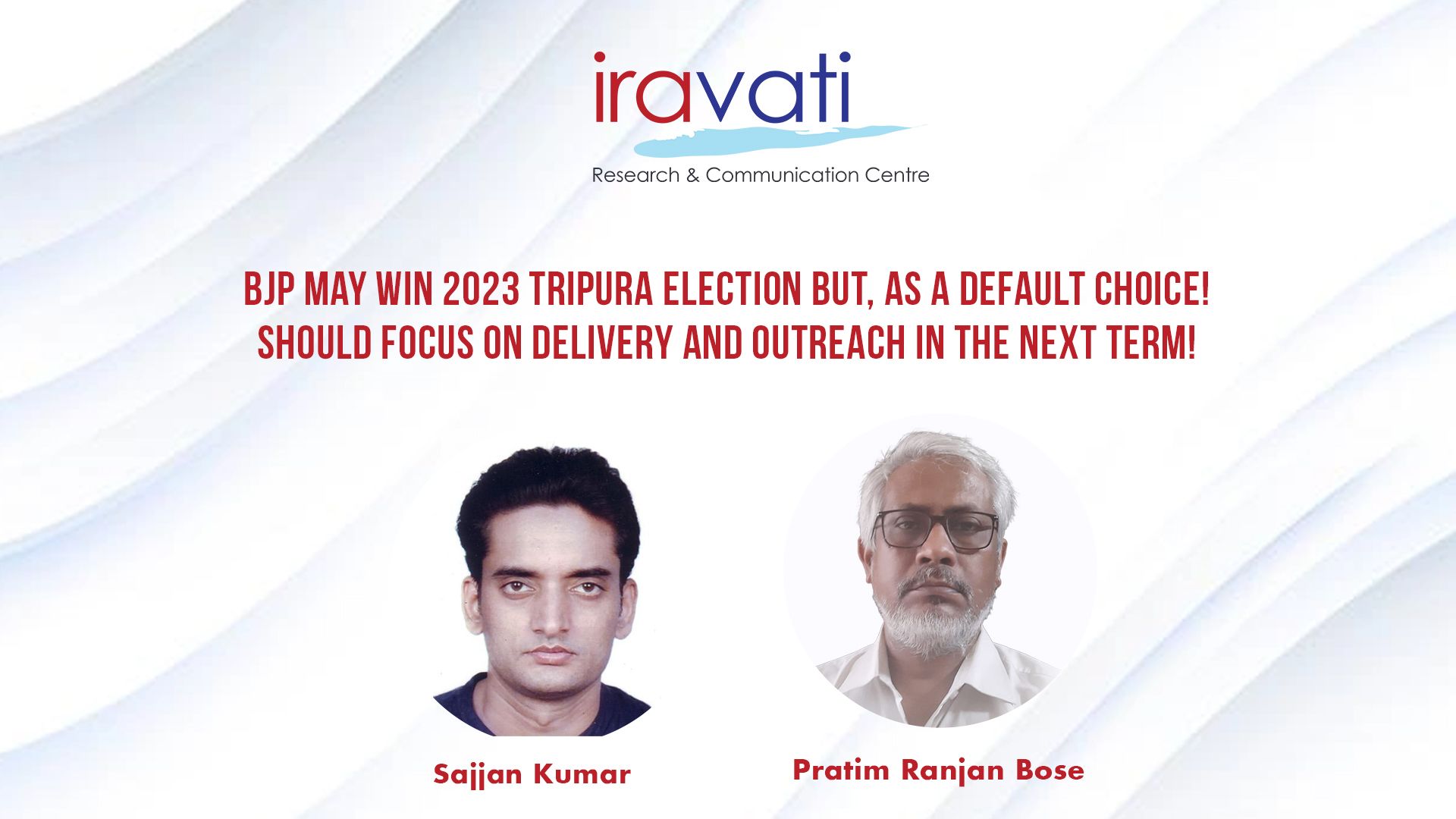Social media literacy should be mandatory in UG curriculum
Prof (Dr) Mahul Brahma
Post On > Nov 30 2022 3448

Gone are the days when literacy, the ability to read and write, was the only requirement in a civil society. Financial literacy, as well as technological literacy, have made their way into this world as basic needs. Small wonder that programs such as design thinking and venture ideation have made their way as part of the undergraduate curriculum in higher education institutes.
In a world of information overload, there is a compulsion to react and keep reacting. The pace with which you are compelled to surf through the sea of information and data makes it easy to become a victim of reactions alone. In my seventh book Mostly Missing: Be Silly Be Slow I have dealt with this missing piece in our lives in detail. There is just no time to reflect, to become an original thinker. There is no time to take it slow and ponder – are we playing a pawn in a game designed to manipulate us, serving someone else’s agenda?
Media Literacy is classically known as the “ability to analyze media messages” which is not only associated with interpreting the message but also helps the audience to take informed decisions on whether they should share the message or not with others. Fake news has become a serious concern and the situation worsens with people forwarding anything and everything on social media without even understanding the content most of the time.
This is where social media literacy plays a major role in informing people and making them understand how they should perceive a message. It is often noted by researchers that due to a lack of understanding people often share their personal details with hacking sites. On the other hand, there are some other groups of people who tend to share every forwarded message on WhatsApp, often leading to the spread of fake news.
Media Literacy is mandatory for UG and PG students in the Media and Communication stream. It is high time that the programme is made mandatory for all first-year students of UG courses irrespective of the discipline.
Along with Design Thinking, Venture Ideation and Entrepreneurship as a part of the New Education Policy (NEP 2020), Media Literacy should be introduced as a compulsory one credit course. This will help the students to understand and analyze media content - both written and visual - more effectively thereby making them more responsible while sharing forwarded messages.
The programme is essential as it helps people understand the information that they are being bombarded with in real time. With numerous sources of information moment, Media Literacy can help people identify dependable sources and sludge through unwanted or unreliable sources of information. It can help people understand impulses in the media and how they may affect their perception of an event or issue.
By recognising those impulses, we can make opinions on how to respond to these occasionally emotive motifs rationally. Media Literacy can also be used to learn about new ideas, societies, and perspectives that may not have been preliminarily considered. Understanding media may help students do better at the academy or work because it will make it easier for them to analyse the recent trends in news related to their domain. It might also help people decide what they want to learn further about to fill in the gaps in knowledge the traditional media may have left out.
Hence, along with the new progressive practises proposed by the New Education Policy, it is also important to recognise and implement a mandatory credit course on Media Literacy for all undergraduate students in the first year of their college.
(With inputs from Ipsita Banerjee)
*Mahul Brahma is a Professor and Dean at Adamas University and Fellow, Bath Spa University, UK. He authored seven books including The Luxe Trilogy and The Mythic Value of Luxury.

123
2025-07-27 20:33:14

asd
2025-07-27 20:31:39

Northeast Energy Scenario Part-1: Paradigm shift in petroproduct availability and consumption
2023-03-28 16:22:05

Consolidation of 'indigenous' votes aligned Tripura's political landscape with the rest of the northeast.
2023-02-16 08:51:53

Why Kolkata doesn’t have a Unicorn ?
2023-01-28 09:53:57

Social media literacy should be mandatory in UG curriculum
2022-11-30 12:00:53
Iravati Research and Communication Centre LLP (IRCC) is a Kolkata-based think-centre, engaged in research and policy advocacy.
Useful Links
Email : info@ircc.in
Copyright © 2020 - IRCC - All rights reserved. Developed by Thinkbizz Marcom PVT LTD
Complaint Registration
Terms of Usage
IRAVATI RESEARCH AND COMMUNICATION CENTRE LLP, a limited liability partnership (LLP Identification No. AAO-4910) registered as on 11-03-2019, having registered address at 1050/2, Survey Park, Flat No.- B 8/10, Cal-Green, MIG-B, Phase-II, Kolkata-700075, India.
The mentioned Terms for the usage may apply to the functional website that you have viewed within www.ircc.in before clicking on these Terms of Use. This single website is referred to in this Terms of Use as "this Website."
Thereby using the website, you agree to these Terms of Use. Whereas if you do not agree to these Terms of Use, you are not permitted to use this website, and you must terminate your use immediately.
The "Iravati Research and Communication Centre Network" refers to the Iravati Research and Communication Centre LLP ("IRCC"), IRCC member firms, and related organizations.
The Iravati Research and Communication Centre LLP is an organization within the IRCC Network that provides this website and is referred to by these Terms of Use as "we", "We", or "our". While parts of these Terms of Use may refer to other features of the Iravati Research and Communication Centre Network, these Terms of Use are between you and us and not from any of those other organizations.
This website provides you with other features (free) of cost and better browsing. Furthermore, the user can choose to apply an additional part by subscribing to this website to their device with notifications.
htmlFor the sake of clarity, this website includes additional features, if any, (i) they do not solicit any form (ii) they are not intended to provide any service or product to users anywhere (iii) sponsor any services, advice or product and the user is required to exercise his / her understanding. , where necessary.
Content usage; Limitations; Privacy Statement
Notwithstanding otherwise expressing relevant content, and provided that you comply with all of your obligations under these Terms of Use, you are authorized to view, copy, print and distribute (but not modify) the content on this website; provided that (i) such use is htmlFor informational, non-commercial purposes only, (ii) any copy of the content you are making must include a copyright notice or other aspect of the content and, (iii) appropriate courtesy and proper referencing to the website should be given.
Intellectual Property Rights :
No use of the words or logos of the Iravati Research and Communication Centre has been permitted unless otherwise mentioned.
The content on this website is the original work and content of IRCC or any other entities within the IRCC network. We and our licensors retain all rights not expressly granted in these Terms of Use.
"Iravati Research and Communication Centre",the logo of Iravati Research and Communication Centre, and local language used above, and certain product names appearing on this website (collectively, "Iravati Research and Research Centre Marks"), are intellectual and intangible properties of Iravati Research and Communication Centre.
Unless provided in these Terms of Use, you are not consented to use any Iravati Research and Communication Centre Signs alone or in combination with other brands or building materials, including, in any media, advertising, or other promotional or marketing materials. or media, either in writing, orally, electronically, visually or in any other way.
Any view published on the website as presented by any personnel should be considered as the expression by the personnel only and not the standpoint of the organisation.
All contents of this website are original content and belongs to the Iravati Research and Communication Centre Network.
The trademarks of other parties to this website are htmlFor the sole purpose of identifying and not indicating that these individuals have endorsed this website or any of its content. These Terms of Use do not entitle you to use any of the trademarks of any other party.
Disclaimers and Limitations of Liability
This website, without limitation, any content or other part thereof contains general information only, and is the original content of the owner of this website. It should not be considered as per htmlFor providing advice or any other services. Before deciding or taking action that could affect your money or business, you must show it to the appropriate professional.
We abstain from declaring that the website will be a secured one, free from errors or any viruses or malicious code, and may meet with any particular standard of performance or quality as per customized.
The usage of this website is at the user's personal risk, and the user adheres to anticipate full duty and danger of loss due to your usage, consisting of, without limitations, with respect to loss of factual data or any other data. Any direct, oblique, unique, incidental, consequential, or punitive damages or some other damages in any way, whether or not in a motion of settlement, statute, tort (such as, without challenge, negligence), or otherwise, relating to or springing up out of the usage of this website, should not be the responsibility of the owner of the website.
Without prescribing any of the foregoing, we make no explicit or implied representations or warranties in any way regarding such websites, resources, and gear, and hyperlinks to such a website, sources, and equipment must not be construed as an endorsement of them or their content by using us.
The above-mentioned clauses and renunciations along with the liabilities are subject to the maximum extent as granted by the Law, as in the case of contract, statutes, tortuous liability or otherwise.
Complaint Resolution System
A Complaint Resolution System has been set up as per the Information Technology (Guidelines for Intermediaries and Digital Media Ethics Code) Rules, 2021.
Any complain regarding the digital content on this website should be processed through the Complaint Resolution System via the company website.